We seek decarbonization and the creation of clean energy. With our solutions, a wide range of industries can be protagonists in the energy transition to a global economy with zero environmental impact.
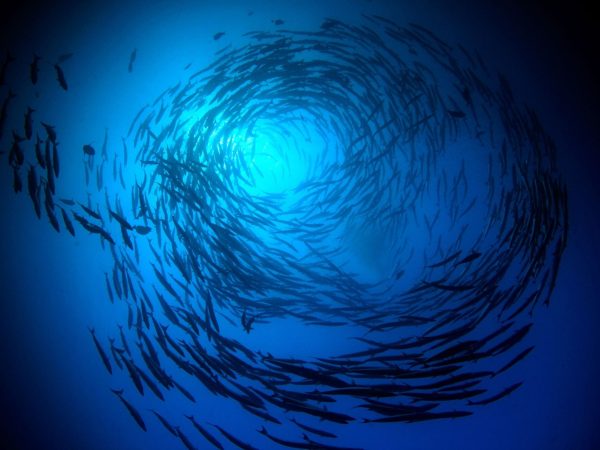
With over 700 EGCS systems installed and 20 years of proven results, Ecospray is a trusted leader in marine emission reduction. Our technologies ensure compliance with current IMO regulations and lay the foundation for the next challenge: decarbonization. From SOx and NOx abatement to onboard carbon capture, we deliver advanced solutions—available for both retrofits and new builds—to support the shipping industry’s transition toward 2050 targets.

Ecospray is at the forefront of developing solutions for energy independence through bioLNG and circular economy technologies. From agricultural waste to clean fuel, we develop compact, scalable systems for biogas treatment and biomethane liquefaction. Our decentralized approach enables sustainable energy production directly at the source – supporting the EU’s Fit For 55 goals and accelerating the transition to carbon-negative biofuels.

Ecospray’s technologies help reduce the environmental impact of traditional oil & gas operations by recovering flare gas and converting stranded resources into clean energy. Our compact, micro-liquefaction systems enable on-site LNG and CO₂ production—cutting transport emissions, lowering costs, and turning waste into value. Designed for flexibility and energy transition, these solutions are ideal for off-grid, industrial and emerging markets.
In the last 20 years, Ecospray has developed one of the largest portfolios of EGCSs (Exhaust gas Cleaning Systems) in the marine sector, with more than 700 systems successfully installed on cruise, ferry and commercial vessels and with hundreds of thousands of hours of operation and proven performance in emission abatement. Our advanced air quality systems are time-tested and available both for retrofit and new buildings.
Moreover, investing in EGCS solutions remains crucial as a first step to meeting the great challenge of 2050: scrubbers are a prerequisite and a fundamental starting point for ships that want to embrace new technologies, such as onboard carbon capture.
Indeed, decarbonization is becoming the main priority and a key opportunity for the market: the Green Deal and Fit for 55 regulatory frameworks are bringing the deadline closer.
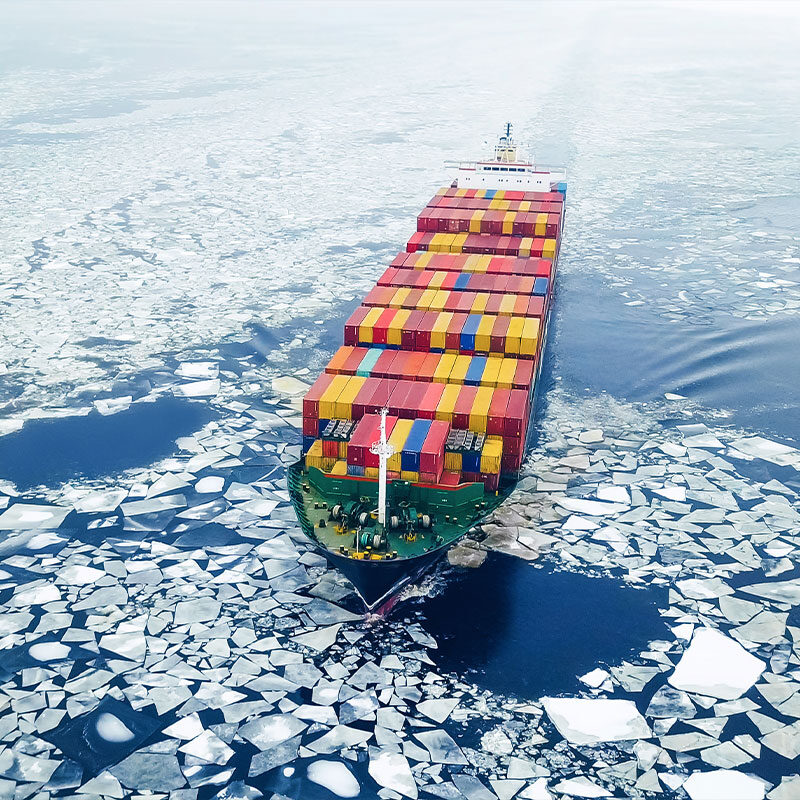
As far as carbon capture is concerned, Ecospray has developed a range of different customized technologies to help shipowners find the right solution for decarbonization, providing different applications based on shipowners’ needs.
Two solutions are based on chemical adsorption – carbon capture with amines or calcium hydroxide – and are ready for the market.
The other solution, currently under development, is based on Molten Carbonate Fuel Cells (MCFC) and reduces costs and environmental impact, coupling carbon capture with energy production, simultaneously.
If our horizon is 2050, we already allow shipowners to be in compliance with the most recent IMO regulations for air pollution containment in the maritime environment, and thanks to our proven experience in SOx abatement, we now successfully treat other emissions, including NOx, CO2 and other GHG, applying our DeNOx and filtration systems.
Ecospray is at the forefront of developing solutions that provide independence from energy sources: in fact, we are among the first players to have approached the bio-LNG market, with a strong focus on distributed micro-scale production.
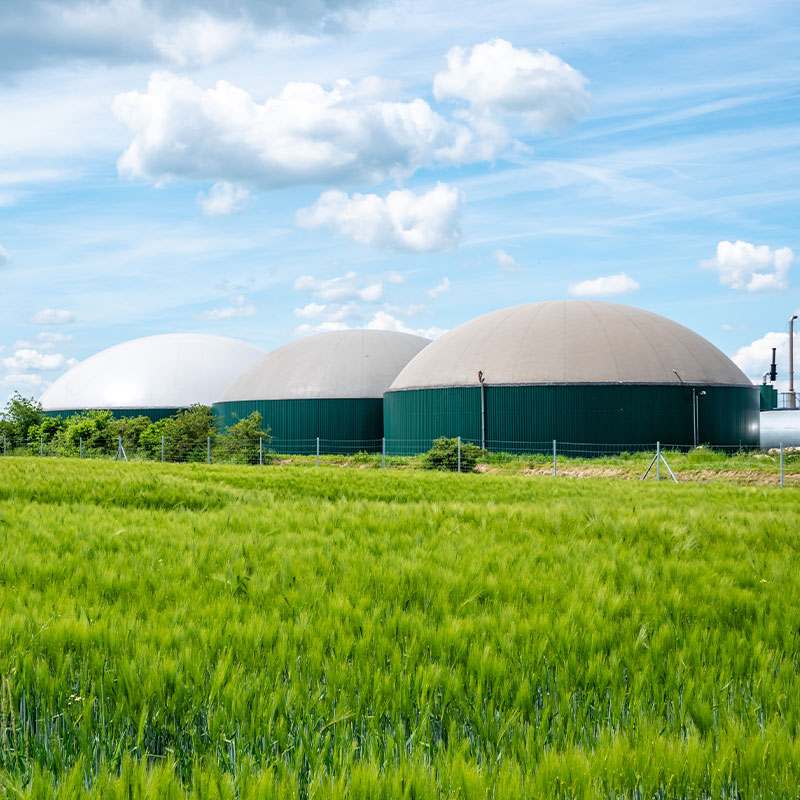
After a research & testing period, Ecospray developed an optimized liquefaction technology, with the first high-tech production plant that produces bio-LNG – a sustainable fuel for automotive and ship transport – from waste, a true example of a circular economy and environmental awareness.
Ecospray has started a very large and advanced program for the treatment of biogas production from agriculture and farming waste in several different locations in Europe, contributing significantly to the achievement of the EU objective Fit For 55. By adopting new methods to manage resources and waste, we are responding to the demands of the energy market in the best possible way: our systems allow treatment and liquefaction of biogas from different sources (agricultural waste, landfills and OFMSW).
Con le nostre soluzioni contribuiamo attivamente alla riduzione dell’impronta ambientale delle fonti tradizionali oil&gas, evitando il flaring e trasformando i gas di scarto e i gas da pozzo non sfruttati in energia pronta all’uso.
Prevediamo infatti sviluppi significativi nel settore della liquefazione del gas naturale, da gasdotto e da APG (Associated Petroleum Gas) di scisto, in particolare nei mercati americani e asiatici.
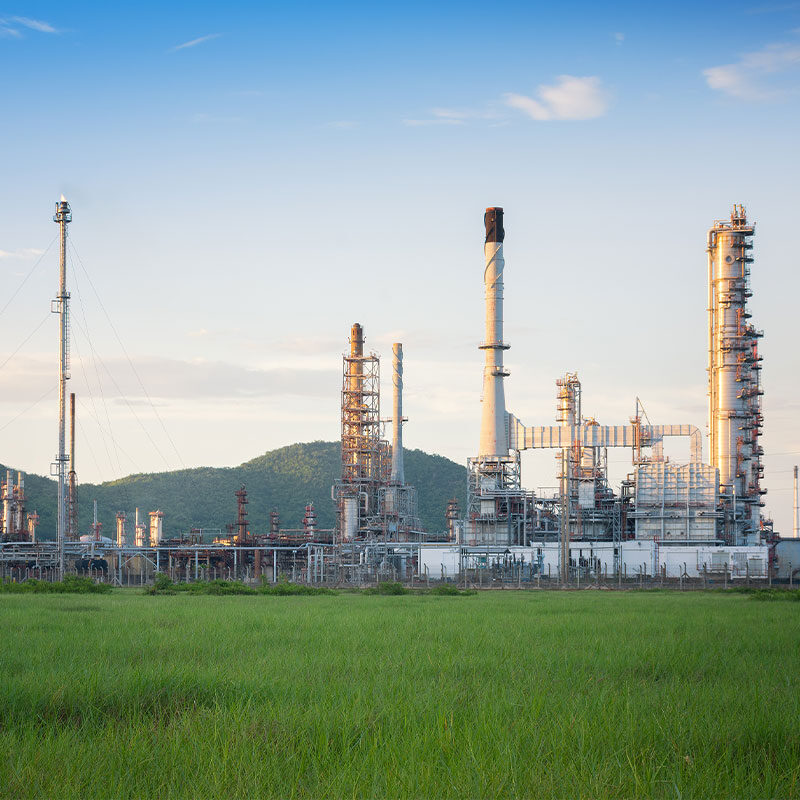
La soluzione della micro-liquefazione del gas naturale consente la produzione in loco evitando il trasporto di GNL da grandi terminali di stoccaggio, riducendo significativamente i costi logistici, gli imprevisti e le ulteriori emissioni associate al trasporto su strada.
Allo stesso tempo, la separazione e liquefazione del gas di torcia (NGL & LNG) da APG e da pozzi incagliati e inutilizzati permette di trasformare i gas da torcia in una risorsa.
Our 360° approach serve clients along the entire value chain:
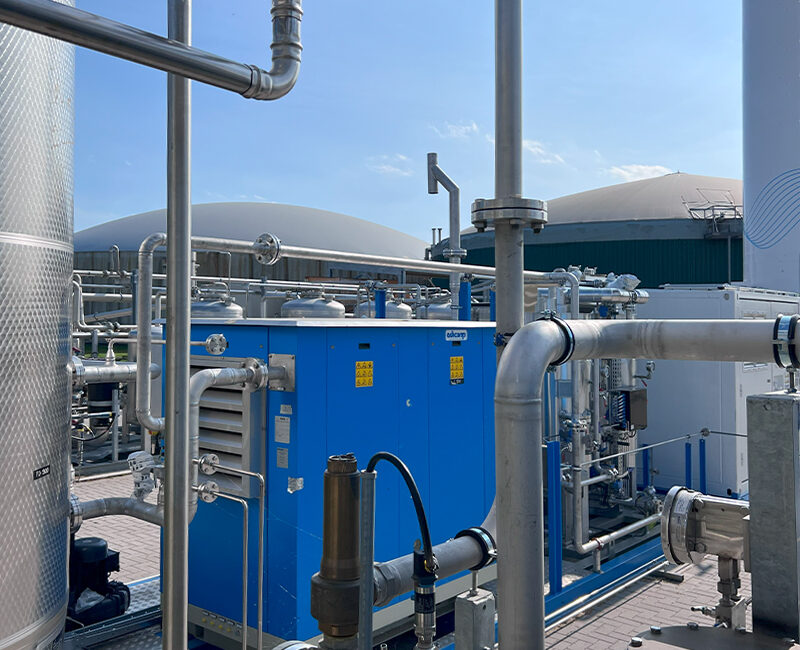
More and more companies are choosing our proven performance solutions and technologies to create the environmental transformation of their business.
